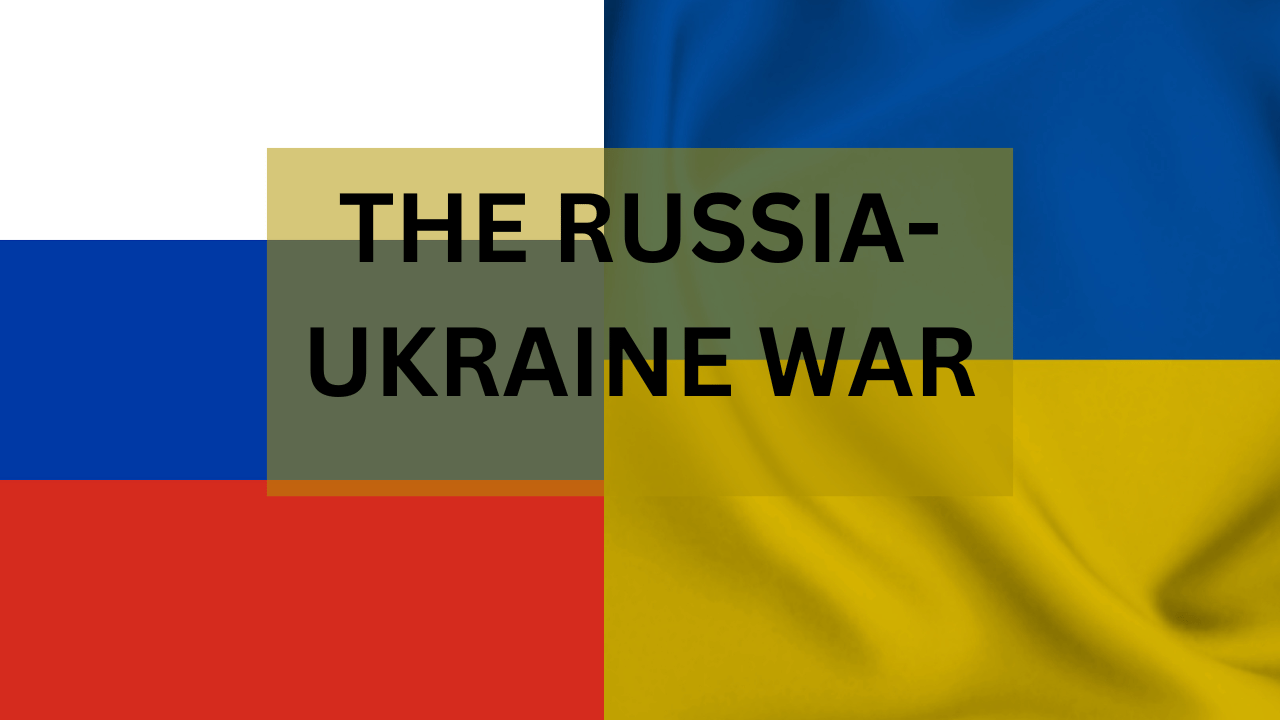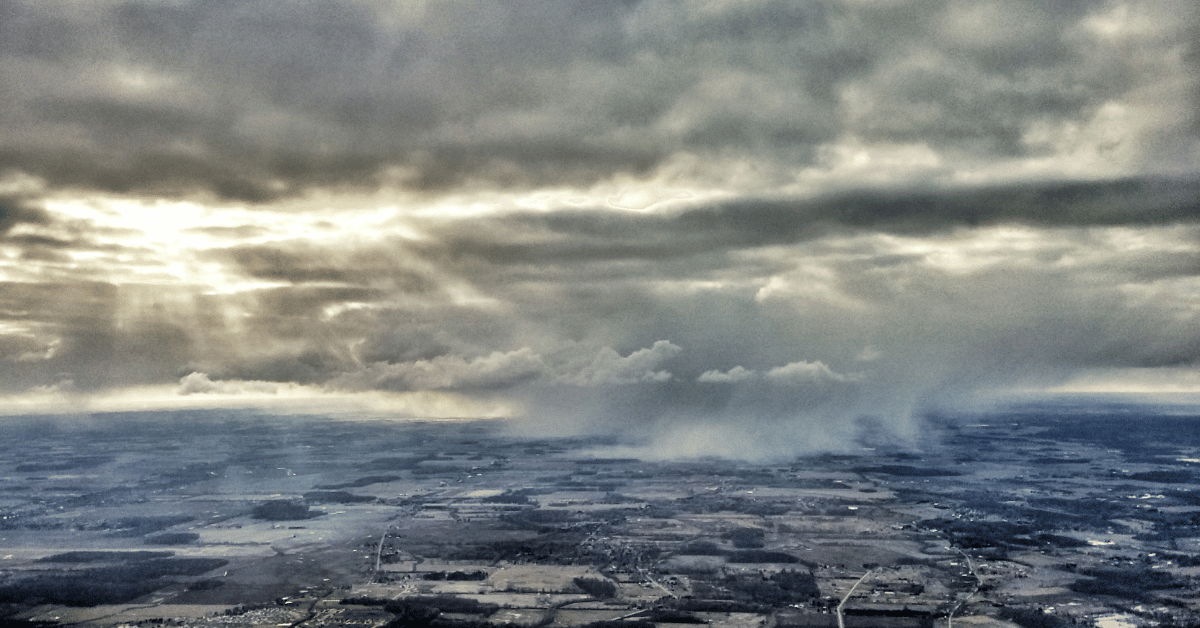The Russia-Ukraine war is majorly the result of Ukraine’s inclination to join NATO which has diverse impacts on national and international levels. Explore more.
A Quick Review of History
Ukraine was part of Russia before the end of the old war. The cold war ended in 1991 following the disintegration of Russia, and Ukraine became a separate country.
Causes of the Russia-Ukraine War
- Ukraine is divided into two ethnic groups. One on its west side, comprising 70% of the population is pro-Western and is called Western Ukraine. The other, on its east side, with 30% of the population being pro-Russian, is called Eastern Ukraine. Western Ukraine wants to be in the European alliance, whereas Eastern Ukraine is inclined toward Russia.
- The conflict began when a deal was refused to be signed by a pro-Russian president of Ukraine with the European Association which had to be proved a way to open borders to goods and services and set the stage for travel restrictions to be eased.
- President Petro Poroshenko signed the agreement, which is called DCFTA (Deep Comprehensive Free Trade Area) with Europe. According to this, both countries will open their markets while complying with the enforceable rules.
- Thousands of people staged protests against this decision and chanted, “Ukraine is Europe.” A few people came out to support the president’s decision. In short, the president was ousted.
- As a result of the Euromaidan revolution, protests erupted against President Viktor’s sudden refusal to sign the deal, and there were protests in Crimea against this revolution. Russia immediately sent its troops there and took control of it. A referendum was held in Crimea, and people voted for Russia. However, Crimea is still officially part of Ukraine.
- Ukraine applied to join NATO in 2021. America also wanted to include Ukraine to keep a close eye on Russia. It was enough to enrage Russia.
- On February 20, 2021, Russia recognized two of Ukraine’s separatist regions as independent states: Donetsk and Luhansk. It faced widespread condemnation from the west as it could prove a pretext for the Russian invasion of Ukraine.
- In February 2022, Ukraine was attacked by Russia, and the war is still continuing.
Impacts of the Russia-Ukraine War
- Russia is facing heavy sanctions from the UNO, the USA, the UK, and other countries and international organizations, which could result in high prices of energy products and wheat. Russia is the second largest producer of oil and gas. Sanctions on Russia would affect Russia and the world as well.
- More than 30 countries have halted shipments of key imports, cut energy imports, and blocked financial transactions, which have pressurized the Russian economy.
- Ukraine could be divided into states. Eastern Ukraine can rejoin Russia.
- The ‘soft power’ image of America has been damaged. The evidence is Russia’s audacious and risky attack on Ukraine, knowing America’s support for Ukraine. According to US President Donald Trump, it is because of America’s withdrawal from Afghanistan. Withdrawal from Afghanistan has projected a negative image of America. It showed America’s defeat in Afghanistan. Consequently, America lost its soft power.
- The world is likely to be divided into blocs. China is supporting Russia, whereas Europe and America are supporting Ukraine.
- This conflict has the potential to escalate into World War III. However, countries of this age, avoid full-scale war because of highly complex trade integration, but nobody had conceived the idea that a Russian attack on Ukraine could turn into reality. So, unexpected things may happen.





One Comment on “THE RUSSIA-UKRAINE WAR: CAUSES AND IMPACTS”